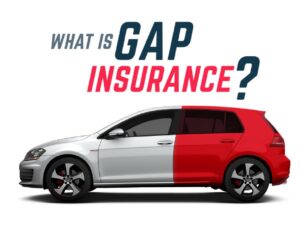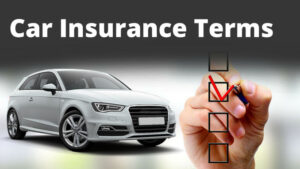 Courtesy of iii.org
Courtesy of iii.org
The holidays are a time of giving and receiving gifts, but would you be able to replace those gifts if they were destroyed in a fire or other disaster? A home inventory is the best way to protect your personal possessions, yet only 50 percent of homeowners said they had an inventory in a 2016 Insurance Information Institute (I.I.I.) survey. That’s where Know Your Stuff®, the free, award-winning home inventory app can help.
The I.I.I.’s Know Your Stuff® home inventory app allows you to enter information on mobile or desktop and syncs across all your devices so you can access it anywhere, at any time. It can help you:
- Purchase enough insurance to replace the items you own, if they are stolen or damaged.
- Get insurance claims settled faster.
- Substantiate losses or charitable donations for tax purposes.
- Keep track of items that require maintenance or repair.
- Declutter and organize your home.
“With the average property damage and liability claim costing more than $9,000 and about one in 15 insured homes having a claim each year, it’s important for homeowners to protect their assets,” said Loretta Worters, a vice president with the I.I.I. “Renters should also consider taking a home inventory.”
To simplify the task of creating an inventory, the Know Your Stuff® app allows you to take photographs of your possessions and organize them according to the room in which the items are located.
With the Know Your Stuff® Home Inventory app, you get:
- Secure free cloud storage of your inventory data. You can also store and manage all your insurance policy information, including contact information for your insurance professional and your policy numbers.
- Downloadable reports for easy recordkeeping and claims filing.
- A tool that is backed by the expertise of the I.I.I., a leading independent insurance research and communications organization.
Know Your Stuff® also allows you to keep track of multiple properties and insurance policies. An opt-in service provides integrated weather alerts for your area as well as updates and tips on how to prepare your home against severe weather.



